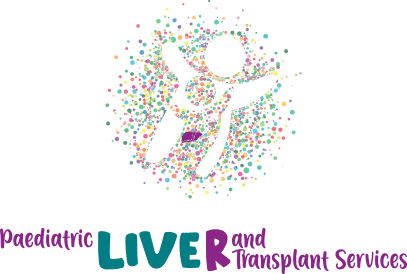As a parent, discovering that your baby has a medical condition can be overwhelming and frightening. Biliary atresia is one such condition that requires early diagnosis and specialized care. However, with the right information and medical support, you can ensure your child gets the best possible care and has a chance to thrive.
This guide explains biliary atresia, what signs to look for, and why accessing specialized care is essential for your child’s health.
What Is Biliary Atresia?
Biliary atresia is a rare liver condition that affects newborns. In this condition, the bile ducts, which allow bile to flow from the liver to the intestines, are blocked or missing. Bile is essential for digesting fats and removing waste products from the liver. When bile cannot flow properly, it builds up in the liver, causing damage and scarring.
Without treatment, biliary atresia can lead to liver failure, making early detection and intervention critical.
What Causes Biliary Atresia?
The exact cause of biliary atresia is unknown, but it is not related to anything a parent did or didn’t do during pregnancy. Researchers believe it may involve a combination of genetic factors, environmental triggers, or an abnormal immune response.
Signs and Symptoms of Biliary Atresia
Biliary atresia usually becomes apparent within the first few weeks of life. Key signs to watch for include:
- Prolonged Jaundice:
- Yellowing of the skin and eyes that persists beyond two weeks after birth.
- Pale or Clay-Coloured Stools:
- Stools may be white, grey, or pale instead of the normal yellow or green.
- Dark Urine:
- The baby’s urine may appear unusually dark, like tea or cola.
- Swollen Belly:
- The baby may have an enlarged abdomen due to liver swelling.
- Poor Weight Gain:
- Difficulty gaining weight or growing as expected.
If you notice any of these signs, contact your healthcare provider immediately.
How Is Biliary Atresia Diagnosed?
Diagnosing biliary atresia requires specialized testing, which may include:
- Blood Tests: To check liver function and rule out other conditions.
- Ultrasound: To look for abnormalities in the liver and bile ducts.
- Liver Biopsy: A small sample of liver tissue is examined to confirm the diagnosis.
- On table cholangiogram: An operation in which dye is injected into the bile ducts to visualise them
Treatment for Biliary Atresia
Biliary atresia is a serious condition, but treatment options are available to help manage the disease:
- Kasai Procedure:
- A surgical procedure performed early in life (ideally before 60 days of age).
- The damaged bile ducts are replaced with a loop of the baby’s intestine to restore bile flow.
- While not a cure, it can delay the progression of liver damage.
- Liver Transplantation:
- If the Kasai procedure is not successful or the liver becomes too damaged, a liver transplant is the only option.
- A healthy liver or part of a liver from a donor is transplanted to replace the damaged organ.
Why Is Specialized Care Important?
Biliary atresia is a rare and complex condition that requires care from experienced specialists, including paediatric hepatologists (liver specialists) and surgeons. Specialized centres offer:
- Accurate Diagnosis: Advanced tools and expertise to identify the condition early.
- Expert Surgery: Surgeons trained in the Kasai procedure and liver transplantation.
- Comprehensive Support: Long-term care for monitoring liver health, managing complications, and supporting families.
Challenges in South Africa
In South Africa, access to specialized care can be challenging due to:
- Limited Centres: Only a few facilities, such as the Wits Donald Gordon Medical Centre and Red Cross Children’s Hospital, have paediatric liver and transplant specialists.
- Delayed Referrals: Late recognition of symptoms can delay diagnosis and treatment.
Raising awareness among parents and healthcare providers is essential to ensure babies with biliary atresia receive timely, lifesaving care.
What Can Parents Do?
- Be Observant: Monitor your baby’s stool colour, jaundice, and growth.
- Act Early: If you notice any unusual signs, insist on further testing and ask for a referral to a specialist.
- Seek Support: Reach out to patient advocacy groups or non-profits for guidance and resources.
- Learn About Organ Donation: If a transplant is needed, organ donation could save your child’s life.
Hope for the Future
With early diagnosis and access to specialized care, many children with biliary atresia can live healthy, fulfilling lives. Advancements in treatment and growing awareness mean that more families have the chance to access the care their child needs.
Remember, you are not alone. Paediatric liver specialists, surgeons, and support organizations are here to help guide you every step of the way.
If you suspect your baby may have biliary atresia or need more information, contact your paediatrician or a paediatric hepatology centre.
Let’s work together to spread awareness and ensure that every baby with biliary atresia gets the chance to thrive.

